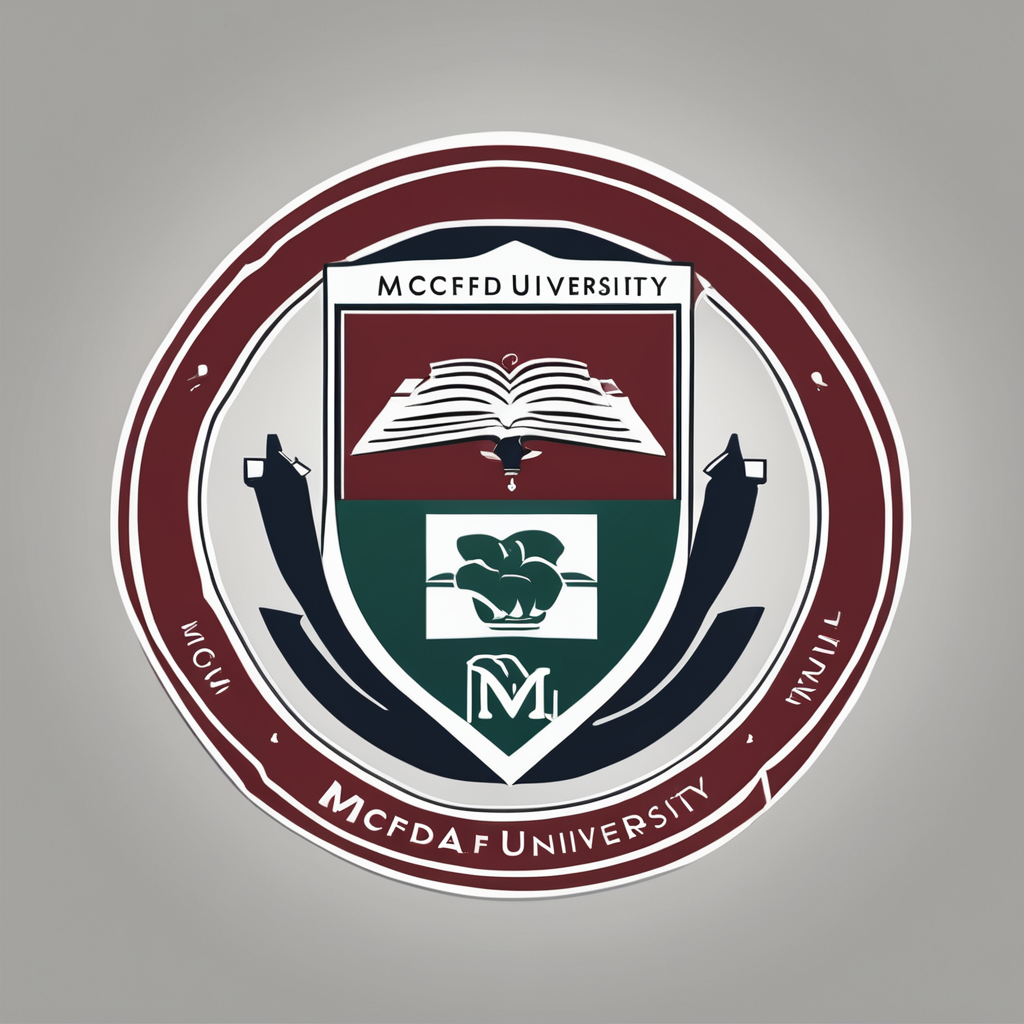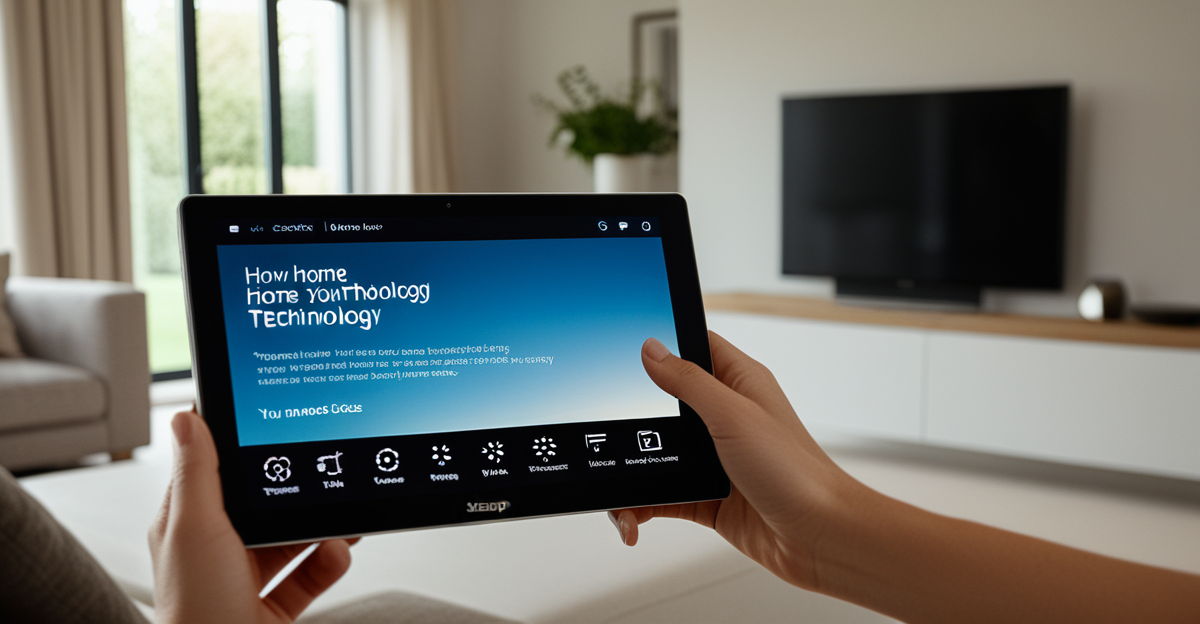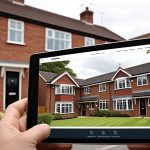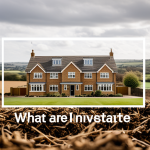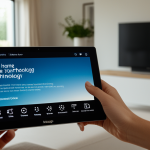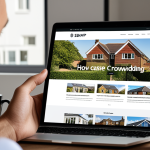Overview of Smart Home Technology
Smart home technology has revolutionized the way households are managed, offering enhanced convenience and efficiency through home automation. At its core, smart home technology integrates various devices and systems under a cohesive control, allowing homeowners to remotely manage functions such as lighting, security, and climate. Lately, interest in these technologies has surged significantly.
In the context of the UK market trends, there’s a noticeable growth in the adoption of smart home solutions. As consumers become more familiar with the benefits, such as improved energy efficiency and enhanced security, the demand steadily rises. Recent studies indicate a robust increase in sales of smart thermostats and voice-activated assistants, reflecting the population’s inclination towards a smarter way of living.
Also to discover : What are the best plants to enhance your UK home’s interior?
The key benefits of implementing smart home technology are multifaceted, encompassing energy saving and home security to improved daily convenience. For instance, smart lighting systems adjust based on ambient light, reducing electricity consumption, while smart security systems provide real-time surveillance and alerts. These innovations are pivotal in creating an adaptable living space tailored to individual needs.
Practical Applications of Smart Home Technology
When we think about smart home devices, security enhancements take a primary role. Modern systems include features like real-time surveillance, automated locks, and intrusion alerts. These devices are pivotal in deterring unwanted activities and providing homeowners peace of mind.
This might interest you : What Simple Changes Can Transform Your UK Home into a Haven?
Smart technology also dramatically impacts energy efficiency. Devices such as smart thermostats automatically adjust heating and cooling based on occupancy and weather, leading to significant savings. Automation applications extend to smart lighting, which dims or turns off based on room occupation, minimizing unnecessary energy use.
As for convenience features, voice-activated assistants streamline daily routines by integrating with various aspects of home automation. From setting reminders and controlling entertainment systems to managing shopping lists and providing weather updates, these smart assistants have become central in everyday living, enhancing life’s simplicity and enjoyment.
Innovations in Smart Home Technology
The realm of smart home innovations is expanding rapidly, with the latest technologies ushering in a new era of UK advancements in home automation. Emerging technologies in this sector are not only enhancing functionality but also transforming the way we interact with our living spaces.
Artificial intelligence plays a pivotal role in these advances, enabling smart devices to learn and adapt to homeowner preferences. For example, AI-powered thermostats can adjust temperatures more intuitively, whilst smart lighting systems adapt to natural light patterns, significantly boosting energy efficiency.
Moreover, innovative installations across the UK showcase how cutting-edge technology can be practically applied. One notable case study involves the incorporation of smart irrigation systems in urban homes, ensuring optimal water usage without human intervention. These smart home innovations not only reduce environmental impact but also cater to the convenience of everyday activities.
As the demand for smarter living solutions continues to grow, UK homeowners are increasingly keen on integrating technologically advanced options into their lifestyles. This surge is bolstered by the government’s support for energy-saving technologies, providing incentives for those opting for sustainable smart solutions.
Case Studies of Smart Home Transformations
The adoption of smart home technology has been transformative for many UK homeowners, providing a glimpse into the future of residential living. In this section, we will explore some compelling smart home case studies and real-life examples that highlight the practical benefits and challenges of implementing home automation systems.
One noteworthy success story involves a family in Surrey who integrated a comprehensive home automation platform into their living space. By utilising interconnected devices such as smart thermostats, lighting systems, and security cameras, they experienced a marked improvement in energy efficiency and security. Their electricity bills notably decreased by 15% within the first year of implementation, demonstrating the cost-effectiveness of these technologies.
Another fascinating example includes a London apartment complex where smart home innovations improved efficiency and comfort. Tenants reported enhanced convenience with voice-activated assistants managing daily tasks and automating routines, showcasing the efficacy of smart living options in urban settings. Residents particularly appreciated how these technologies adapted to their everyday living needs, enhancing overall lifestyle quality.
Statistical data from such case studies underscore the transformative impact of smart technology, with users often citing improved home ambiance and simplified maintenance. Before the adoption of these systems, many homeowners faced issues with manual control and higher energy expenses. However, post-implementation, they noted a significant lifestyle upgrade, characterised by seamless control and optimised usage of resources. As more UK implementers embrace this technological shift, it becomes clear that smart home transformations are paving the way for a more efficient and enjoyable living environment.
Challenges and Considerations for Homeowners
Smart home technology, while offering numerous advantages, also presents certain challenges that UK homeowners need to consider. Awareness of these challenges ensures that homeowners make informed choices that align with their needs and capabilities.
Cost of Smart Home Technology
The initial investment in smart home technology can be considerable. Homeowners are urged to weigh the upfront costs against potential long-term savings. Though high at first, smart devices like thermostats and lighting systems may lead to substantial reductions in utility bills over time. Evaluating the return on investment is essential to ensure financial viability.
Installation and Compatibility
Integrating new technologies can be fraught with installation hurdles, particularly when dealing with existing infrastructure. Homeowners should review whether their current systems permit easy integration of devices like smart speakers and automated blinds. Compatibility between devices from different manufacturers poses another layer of complexity, often necessitating professional installation.
Maintaining Privacy and Security
With increased connectivity, privacy considerations become more critical. Many homeowners express concerns over data safety and security breaches. To protect information, using robust passwords and enabling two-factor authentication are recommended practices. Additionally, ensuring devices from reputable brands can help mitigate security risks. By addressing these points, homeowners can better safeguard their systems against potential intrusions.
The intersection of technology and practicality underscores the importance of evaluating both the immediate and long-term implications of smart home adoption.
Future of Smart Home Technology in the UK
The future trends of smart home technology in the UK promise to reshape domestic living through innovative advancements and a shifting consumer landscape. As the market gains momentum, smart living innovations are set to become increasingly integrated into daily life, further enhancing convenience, security, and energy efficiency for homeowners.
Predicted Advancements in Smart Home Technology
Anticipated developments point to enhanced smart home innovations, particularly in artificial intelligence and interoperability. Future devices are expected to seamlessly communicate with each other, creating a more intuitive user experience. This could lead to more sophisticated automation systems capable of proactive energy management and personalised living environments.
Evolving Consumer Landscape and Preferences
UK consumers are progressively leaning towards smarter, more sustainable options for their homes. This shift is driven by an increased awareness of the environmental benefits and cost savings associated with smart technologies. As preferences evolve, manufacturers may prioritise user-friendly designs and expanded device compatibility, catering to a broad audience seeking future trends in home automation.
Potential Regulations or Standards
As the adoption of smart home devices becomes widespread, there may be potential regulations aimed at ensuring data security and consumer safety. These could include standards for device interoperability, energy efficiency certifications, and stringent data protection requirements, fortifying consumer trust in smart living innovations. The UK government’s emphasis on sustainability could also lead to incentives for adopting eco-friendly technologies.
As smart home technology continues to develop, the UK market is poised for exciting changes that promise to redefine modern living, making homes more efficient, secure, and tailored to individual needs.
